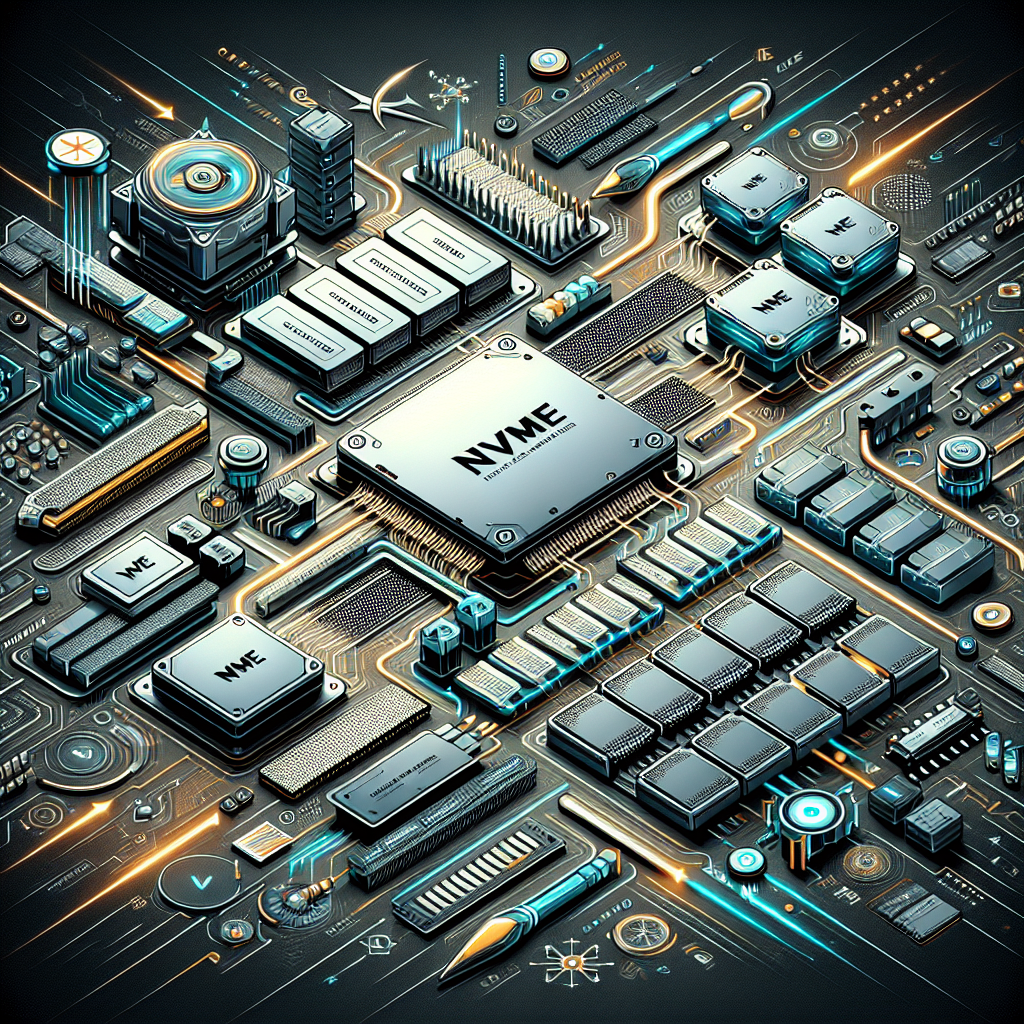In recent years, Non-Volatile Memory Express (NVMe) has emerged as the next generation of storage technology, promising faster speeds and better performance than traditional storage solutions. But what exactly is NVMe, and how does it differ from older storage technologies like SATA and SAS? In this article, we will demystify NVMe and help you understand its benefits and advantages.
NVMe is a protocol designed specifically for solid-state drives (SSDs) to take advantage of the high-speed capabilities of modern flash memory. Unlike older protocols like SATA and SAS, which were designed for spinning hard drives, NVMe is optimized for flash memory, allowing for significantly faster data transfer speeds and lower latency.
One of the key advantages of NVMe is its ability to leverage the parallelism of modern SSDs. Traditional storage protocols like SATA and SAS are limited by their serial interfaces, which can only transfer data one bit at a time. In contrast, NVMe can handle multiple data transfers simultaneously, allowing for much faster speeds and improved performance.
Another benefit of NVMe is its lower latency. Because NVMe is designed specifically for flash memory, it can communicate with the storage device more efficiently, resulting in reduced latency and faster response times. This is especially important for applications that require quick access to data, such as gaming or database management.
NVMe also offers improved scalability and flexibility compared to older storage technologies. With NVMe, you can easily add more drives to your system and take advantage of the increased performance and capacity without sacrificing speed or reliability. This makes NVMe an ideal choice for high-performance computing environments and data-intensive applications.
In conclusion, NVMe is the next generation of storage technology that offers faster speeds, lower latency, and improved scalability compared to traditional storage solutions. By understanding the benefits and advantages of NVMe, you can make informed decisions about upgrading your storage infrastructure and taking advantage of the latest advancements in storage technology.


Leave a Reply